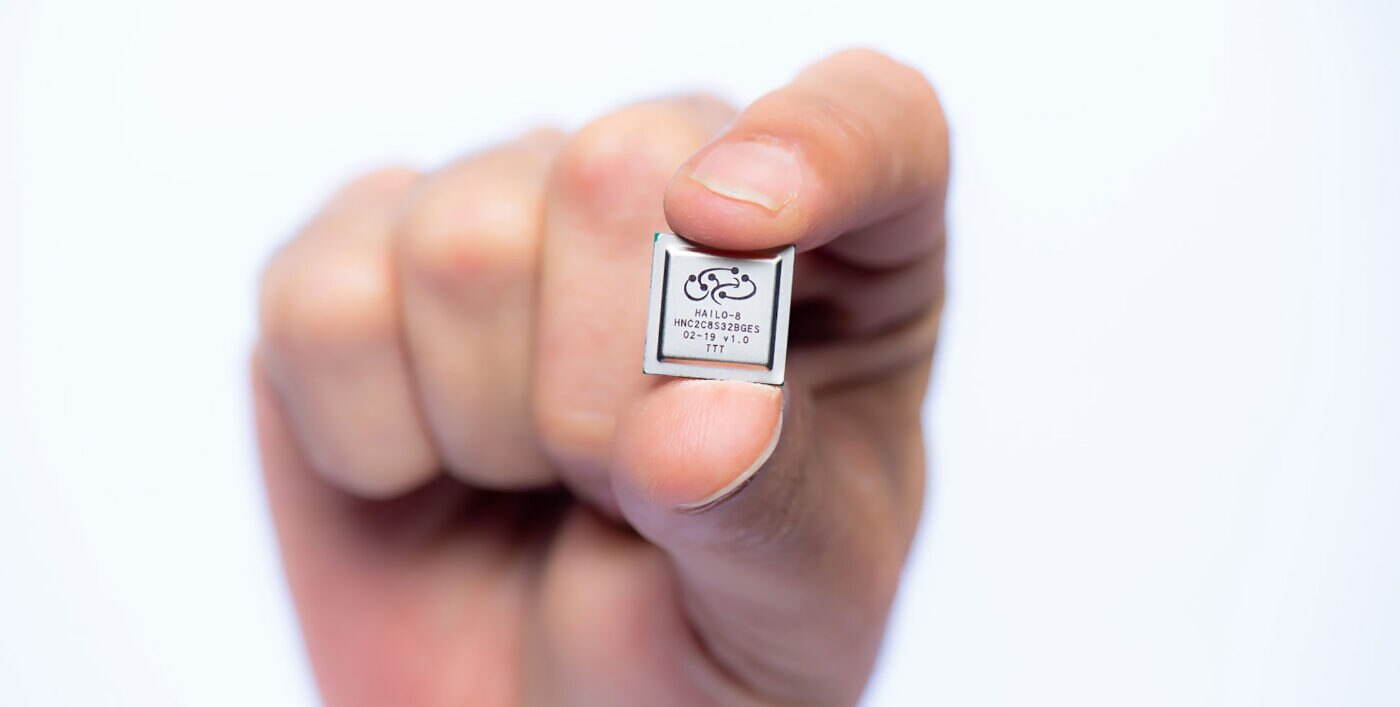For Hailo, Design Flexibility Is Make or Break

You never get a second chance to make a first impression. This old saying has never been more appropriate than now in the electronics industry and especially for us at Hailo.
We’re a three-year old startup delivering artificial intelligence (AI) processor technology for edge and endpoint devices in various industries, including automotive, smart cities, industry 4.0 and the Internet of things (IoT).
Think about that: Hailo is not only dealing with complex, leading-edge technologies but, as a small company, we’re selling into a hyper-competitive market segment that is undergoing a revolution. Existing vendors have built long histories and solid reputations selling into the market, and customers have little appetite for things that don’t work out of the box.
Automotive has always been a special market, with long product cycles and little appetite for risk. Ten years ago, an engineering team devoted considerable time, money and effort to evaluate potential processors, software tools and support systems before committing to a piece of IP.
Driven by intense consumer demand, today’s automotive market is faster paced, thanks to the introduction of autonomous and advanced driver assistance technologies and AI. Because of the pace and the changing nature of technologies, automotive companies are keener than ever to minimize risk in technology choices. So our challenge at Hailo is making sure that what we deliver to that market works and works well and that there’s zero friction in customer adoption.
Flexibility’s payoff
As a startup we want to be as nimble as possible, but we also have some more traditional constraints, namely cost. Partly for this reason, we chose Arm DesignStart in 2018 to prototype an SoC, based on the Arm Cortex-M4 microcontroller, for the automotive market. The Arm DesignStart Pro program had zero upfront license fees and so for the purposes of prototyping gave us the flexibility we needed. That prototype helped us secure $16 million in funding for Hailo. That would not have been possible a decade ago.
Now we’re considering Arm Flexible Access, which offers a broad array of IP and tools with the same no-cost upfront model. It’s definitely an option that smaller companies might want to consider. Why?
Upfront cost is obviously one, but a key word for me is consolidation. Any engineering team has its core value that it brings to a given system or system-on-chip (SoC) design. But since the final product requires so much more technology around that core value, it can be challenging, costly and time-consuming to put together the pieces of the overall puzzle. There are not only many technologies to consider but many vendors as well. Dealing with that complexity can be daunting.
In our case, Hailo’s value is in the neural network technology we build into our solutions. We of course want to layer that onto excellent hardware, but much of that hardware is outside our technological focus. As a startup, we don’t want to be spread out over too many domains to consider in both the hardware and software realms.
There’s another old saying that’s true: No one ever got fired for going with the tried-and-true technology choice. Riskier choices can slow product development and ultimately imperil sales.
A turnkey approach for Hailo
From our first-generation Hailo technology, we wanted to work with an IP provider that had a strong pedigree of providing validated, widely adopted technologies in the marketplace. Clearly Arm was the choice. If we wanted just an MCU that would handle housekeeping and other internal operations chores, we had plenty of choices outside Arm. But the MCU’s role was larger in our design and we liked the fact that the Arm MCU is widely adopted and programmers know it. What’s more is that it’s easy to find information, libraries and a global ecosystem to support it. That was very important for us from an engineering efficiency standpoint.
When I’m looking into our technology’s evolution, I see two approaches in terms of choice and flexibility. One is to deepen our differentiation around the neural network core while the other is to enhance the complete offering by adding more consolidation of other domains. This happens a lot – it’s a staggered way of thinking.
There are steps for unlocking a certain domain and then steps for integration and consolidation to become more cost effective and improve the total cost of ownership of the solution. This is where we see the focus. With that path, it’s even more important to rely on the components that we bring to the table with more mature capabilities that the industry knows. This is where access to broad array of IP and tools is very attractive for Hailo.
A strong support ecosystem is vital
The support ecosystem is also super important. On the one hand we’re doing hardware, but the vast majority of our customers approach or meet the product on software grounds. And software developers expect that everything works out of the box. So Hailo technology needs to work first time, and the technology contributed by the ecosystem has to be just as trustworthy.
If you’re going into the automotive market, you need to do so full steam ahead, and that has to be decided upon upfront by the design team. It’s a very attractive market these days, but it’s also very challenging and hyper competitive. It’s not as simple as putting a slogan on a website. We see real competition from established companies with veteran design teams.
And so here is where that initial saying comes in again: There’s no second chance for a first impression. The more we consolidate functionality into our solution, the more I want the first impression to be perfect because Hailo exists in a market where customers and potential customers know our competitors far better than they know us. We cannot allow ourselves to fail there.
Discover how your company could take advantage of expanded design flexibility with Arm Flexible Access.
Any re-use permitted for informational and non-commercial or personal use only.












